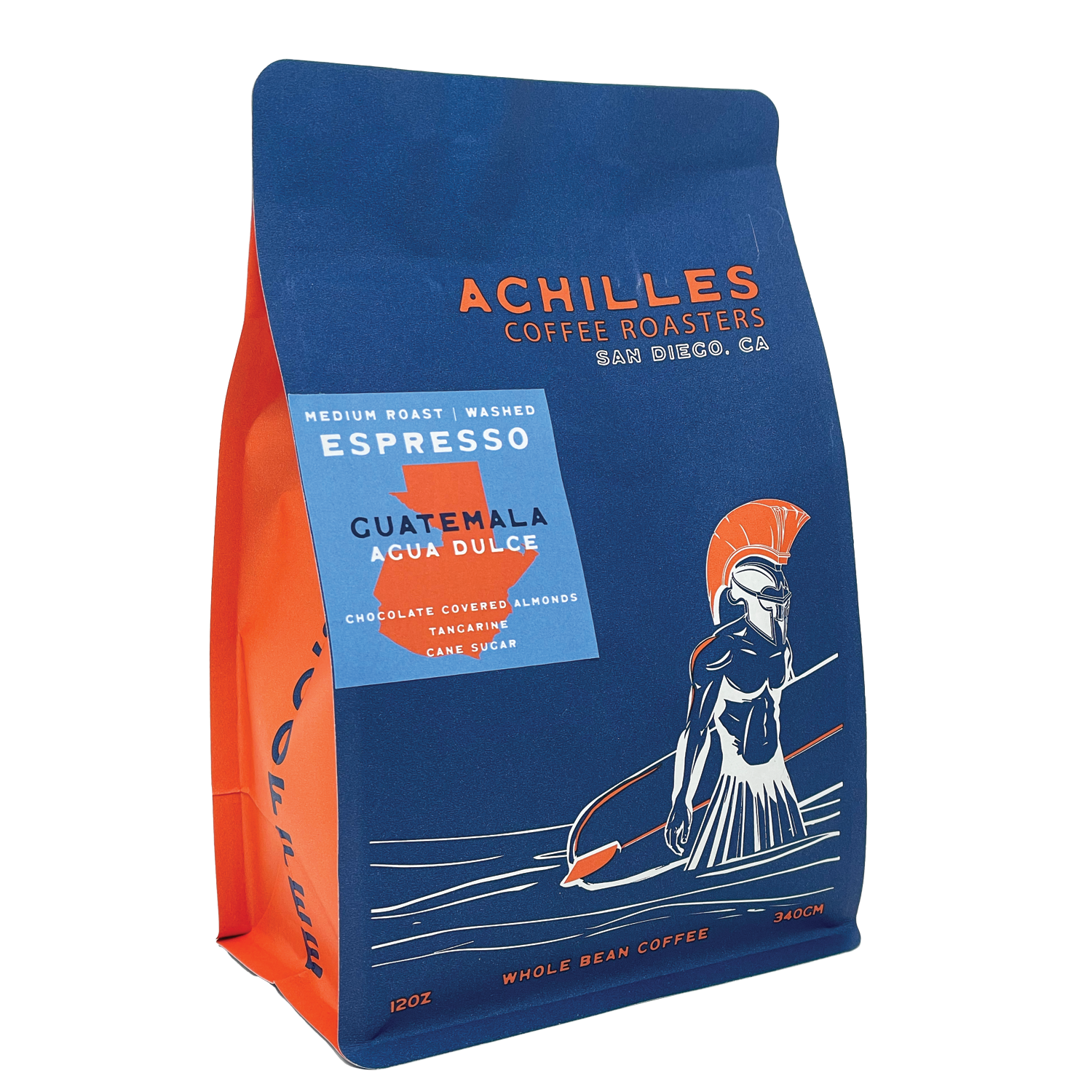Helpful Hints to Get the Best Out of SOE Single Origin Espresso
Helpful Hints to Get the Best Out of SOE Single Origin Espresso
Blog Article
Understanding Coffee Beans: the Journey From Coffee to Blended Coffee Beans

The Origins of Coffee: An International Perspective
While you might think about coffee as a contemporary staple, its origins trace back centuries, intertwining with cultures around the world. The story starts in Ethiopia, where tale claims a goat herder called Kaldi discovered the stimulating effects of coffee beans after noticing his goats frolicking vigorously after consuming them. This stimulated rate of interest, leading to coffee's spread to Arab investors that cherished the made beverage. By the 15th century, it got to Persia, Egypt, and Turkey, where coffeehouses became social hubs for conversation and culture.
As trade courses broadened, coffee made its way to Europe in the 17th century, rapidly acquiring appeal. Each culture included its one-of-a-kind twist to coffee prep work, enhancing its background.
Growing and Harvesting of Coffee Beans
As coffee's journey developed, the focus changed to the cultivation and harvesting of certain bean selections, specifically those utilized for espresso. You'll discover that coffee beans often originate from Arabica or Robusta plants, each offering distinctive flavors. The perfect growing conditions include high altitudes and rich, well-drained dirt, which enhance the beans' high quality.
During the harvest, picking techniques vary. Timing is vital; you desire to collect when the cherries reach peak perfection for optimum taste.
Once gathered, the beans are planned for processing, which is necessary in determining their last taste. Comprehending the growing and gathering processes offers you insight right into what enters into your favored coffee, enriching your appreciation for each and every cup.
Processing Techniques: From Cherry to Bean
Since you have actually learned regarding gathering coffee beans, allow's check out exactly how those cherries change into the coffee beans you love. You'll see just how different harvesting strategies impact flavor, adhered to by the important steps of fermentation and drying out. We'll break down the milling and grading procedure that establishes your coffee's top quality.
Collecting Methods Discussed
When it comes to coffee, understanding harvesting methods is necessary, given that they directly influence the flavor and top quality of the beans you take pleasure in. Selective choosing entails hand-picking just ripe cherries, ensuring you obtain the finest quality beans. Ultimately, the option of gathering technique can significantly influence your coffee experience, so it's worth recognizing exactly how those beans made it to your cup.
Fermentation and Drying Out
After harvesting, the next action in processing coffee beans play a considerable duty in forming their flavor. You'll locate that fermentation is crucial, as it helps damage down the mucilage bordering the beans, enhancing their preference profile. Relying on the method, this process can last from a few hours to several days, with differing results based upon temperature level and humidity.
Sun-drying enables the beans to absorb flavors from the setting, while mechanical drying guarantees consistent moisture levels regardless of weather condition. Correct drying is necessary to prevent mold and maintain the beans' quality, eventually affecting your cup of coffee.
Milling and Grading Refine
As fermentation and drying set the phase for flavor development, the milling and grading process assurances that only the finest coffee beans make it to your mug. This stage involves getting rid of the outer layers of the coffee cherry, consisting of the parchment and husk. After milling, the beans are sorted by size and weight, ensuring a consistent high quality. You'll find that grading aids identify defects and categorize beans, which impacts taste and fragrance. Top quality beans obtain a greater grade, resulting in a richer coffee experience. As soon as graded, the beans await product packaging and delivery, maintaining their unique features. This thorough procedure is important for providing the extraordinary taste you enjoy in every sip of your favored brew.
Roasting Methods: Unlocking Flavor Prospective
When you roast coffee beans, the technique you select can drastically impact the taste profile. Recognizing the connection in between time, temperature level, and toasting methods is key to exposing the potential of your brew. Allow's explore exactly how these elements come with each other to create the excellent cup.
Toasting Methods Described
While you could believe that all coffee roasting methods produce the very same outcomes, the truth is that each technique exposes one-of-a-kind taste possibilities in the beans. Drum toasting uses a revolving drum to evenly distribute warm, improving caramelization and generating a well balanced taste. Air roasting, on the various other hand, distributes warm air around the beans, advertising a lighter roast with obvious acidity.

Effect on Taste Profile
Various toasting techniques not just affect the procedure but additionally substantially influence the taste account of the coffee beans. When you choose a light roast, you'll experience intense level of acidity and floral notes, showcasing the bean's origin. On the other hand, a tool roast equilibriums acidity with sweet taste, usually revealing chocolatey undertones. Dark roasts, on the other hand, bring out bold, smoky flavors, sometimes masking the bean's special qualities. Each technique exposes different check these guys out oils and compounds, causing a vast array of tastes. By explore different roasting designs, you can uncover which profiles resonate with your taste buds. Understanding these nuances aids you value the artistry behind your cup of coffee, boosting your general experience with every sip.
Time and Temperature Aspects
To launch the complete taste potential of coffee beans, both time and temperature during the toasting procedure play considerable duties. When toasting, you'll find that greater temperatures can quickly develop tastes, however if you hurry it, you might finish up with scorched notes. Alternatively, reduced temperature levels enable a much more gradual flavor growth, showcasing the beans' distinct qualities.

Timing is equally as important; expanding the roast as well long can bring about a loss of acidity and brightness, while also short a roast may leave the beans underdeveloped. Locating that sweet place calls for practice and trial and error. By changing these variables, you can reveal the rich, complex flavors hidden within each bean, producing a really impressive coffee experience.
The Art of Mixing: Crafting Distinct Coffee Profiles

Begin by selecting a base coffee that offers a solid structure. After that, pick corresponding beans to enhance particular flavor notes. For example, a brilliant Ethiopian bean can bring fruitiness, while a rich Brazilian coffee adds body. Experimentation is vital-- don't hesitate to adjust ratios until you find your perfect profile.
As you mix, bear in mind that each mix informs a tale. You're not simply making coffee; you're creating an More Info experience. So, take your time, preference frequently, and enjoy the trip of finding your trademark blend.
Developing Approaches: Exactly How Preparation Impacts Flavor
Blending coffee opens a domain of taste possibilities, however exactly how you brew that blend can substantially influence your last mug. Different brewing techniques draw out unique flavors and scents, so it's important to choose intelligently. For example, a French press enables oils and sediments to remain, creating an abundant, robust experience. On the various other hand, a pour-over highlights the coffee's clearness and illumination, best for showcasing delicate notes.
Espresso, with its high pressure, produces a concentrated shot that highlights sweetness and crema. If you favor a lighter brew, consider a chilly brew technique; it generates a smooth, much less acidic preference.
Ultimately, testing is key. Changing variables like water temperature, grind dimension, and brew time can change your coffee's profile. So, accept the art of developing to find the tastes hidden in your coffee blends. The right technique can elevate your experience to new elevations.
The Future of Coffee: Sustainability and Development
As the coffee sector develops, sustainability and advancement are coming to be essential for dealing with ecological difficulties and meeting consumer demands. You'll observe that even more coffee companies are adopting environment-friendly methods, from sourcing beans fairly to applying lasting farming techniques. These shifts not only assist the planet yet additionally improve the top quality of the coffee you take pleasure in.
You may see technologies like naturally degradable product packaging and water-saving developing techniques that lower waste. Advanced technology, such as blockchain, is also coming to be preferred, making certain transparency in the supply chain, which enables you to trace your coffee back to its beginnings.
On top of that, buying regional neighborhoods and supporting farmers with reasonable profession efforts fosters an extra sustainable coffee ecosystem. As you sip your following mug, remember that your choices can add to a brighter future for coffee. By going with lasting brands, you're not simply enjoying a drink; you're making a favorable influence on the globe.
Often Asked Concerns
What Is the Distinction Between Arabica and Robusta Beans?
Arabica beans are smoother, sweeter, and have a greater level of acidity, while robusta beans are more powerful, extra bitter, and contain even more caffeine. When making your coffee., you'll discover these differences in taste and aroma.
How Does Elevation Affect Coffee Bean Taste?
Elevation impacts coffee bean taste significantly. Greater altitudes produce beans with brighter level of acidity and facility flavors, while lower elevations commonly yield beans that are much heavier and much less nuanced. You'll observe these differences in your cup!
What Are the Health And Wellness Advantages of Drinking Coffee?
Drinking coffee can boost your energy, improve psychological focus, and also enhance physical performance. It's abundant in anti-oxidants, might lower the danger of particular diseases, and can advertise a healthier metabolic rate when consumed in small amounts.
Can Coffee Beans Be Recycled for Developing?
Yes, you can recycle coffee beans for brewing, yet the flavor could be weaker. If you take pleasure in exploring, try reusing them in various ways, like cold mixtures or including in smoothie mixes for an extra kick.
Just how Should I Store Coffee Beans for Quality?
To keep your coffee beans fresh, save them in a closed container in a great, dark place. Avoid revealing them to warmth, dampness, or light, as these factors can promptly weaken their taste and fragrance.
Comprehending Coffee Beans: the Journey From Coffee to Blended pop over to this web-site Coffee Beans.
Now that you've found out concerning collecting espresso beans, let's discover just how those cherries change right into the coffee beans you love.When you roast coffee beans, the method you select can significantly impact the taste profile - Single Origin Espresso.While you may believe that all coffee roasting methods yield the exact same results, the fact is that each method discloses special flavor potentials in the beans.Various toasting techniques not only affect the procedure however also greatly influence the flavor account of the coffee beans
Report this page